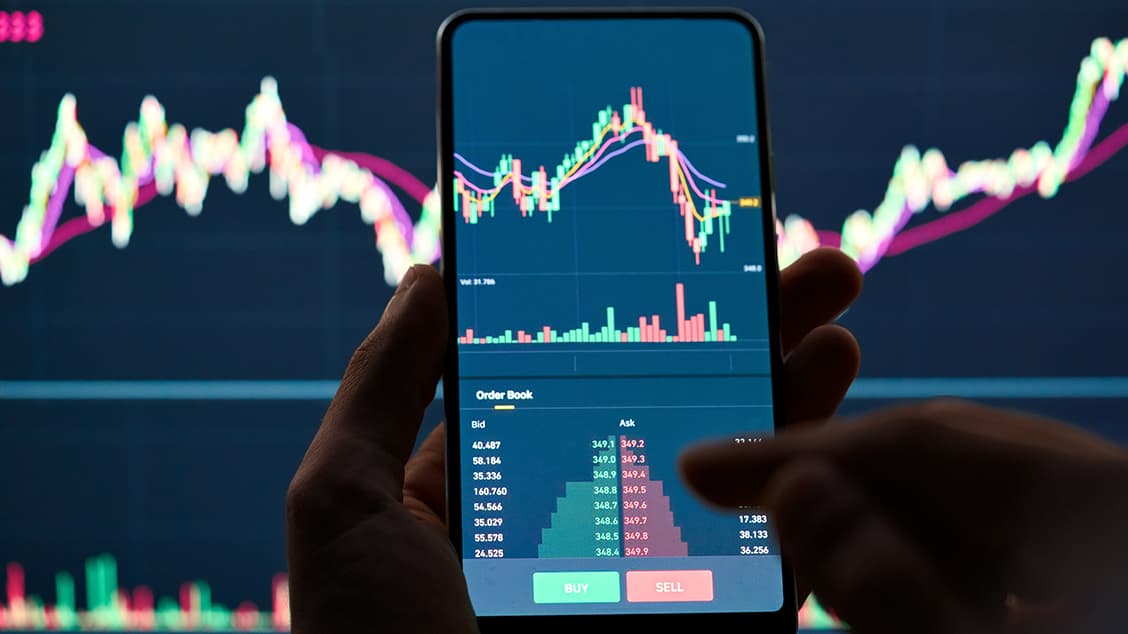Few sectors saw steady M&A and IPO action last year. Some hopefuls are looking to change that in 2024.
Takashi Toyokawa, head of corporate finance at Opn Holdings, a fintech specializing in digital payments and e-commerce, expects a more robust mergers and acquisitions marketplace in 2024, “especially for deals that make strategic sense.”
Two recent examples that exemplify the trend, Toyokawa says, are in his area of expertise.
In August, Israel-based Rapyd purchased PayU GPO from Netherlands-based Prosus for $610 million, more than 20-times EBITDA. Earlier, private equity firm GTCR acquired a 55% stake in Worldpay Merchant Solutions, valuing the firm at $18.5 billion, or 10-times EBITDA; the seller, Fidelity National Information Services, retained a 45% stake.
The two deals were typical of the sort of transactions that were getting done in 2023, Toyokawa explains. They’re also indicative of the pattern he expects to play out next year.
“We’ve seen buyers willing to pay up for acquisitions that are truly strategic,” he says.
Despite signs of recovery heading into 2024, it’s still a conservative buying environment. With prospective buyers adopting a risk-off attitude, quality is taking precedence over quantity.
“We definitely saw that shift,” Jeremy Holly, executive vice president of LPL Financial, says. Buyers who were previously inclined to pay more for a target grew risk averse in recent years, and “it had an impact on deal volume.”
Like Toyokawa, Holly’s bet is that “we’re going to have a pretty good year in M&A.” Interest rates, which continued to spike throughout 2023 as part of the Federal Reserve’s “higher for longer” strategy, are likely to decrease. That bodes well for finance pros, pent-up sellers, and the growing backlog of initial public offerings (IPOs).
“I’m optimistic,” says Holly.
Dealmakers were optimistic at the start of 2023, too. Look how that turned out: For the first nine months, global M&A activity saw $2.1 trillion in value and a 29% decline in volume compared to 2022, per data from Dealogic. The third quarter produced the worst volume in 11 years, with only 6,730 transactions worth a total of $719 billion.
There was also a scarcity of IPOs. Globally, the first three quarters of 2023 recorded fewer than 1,000 with $101.2 billion in capital raised, a 5% and 32% decrease year-over-year, respectively. As the year ended, fewer than 150 IPOs landed in the US stock market, 15% less than in 2022, which saw more than 170.
In both corporate finance categories, it was the technology sector that enjoyed the most action. Tech deals totaled $453 billion in 2023, with semiconductor manufacturer Broadcom’s $69 billion acquisition of VMware marking the biggest tech deal of the year.
Tech IPOs contributed $32.5 billion. The second-most-active sector was health care, which saw the $8 billion combination of CVS Health and Signify Health close in March. The $140 billion proposal between Cigna Group and Humana grabbed headlines in November, although talks subsequently fell apart.
Dealogic’s findings make sense to Augusto Sasso, a managing director and global head of capital markets at Moelis & Co.
“There was a big concentration in health and tech,” Sasso says. “Those areas typically do better in a down economic environment. Notice you didn’t see much in real estate or retail because of interest rates.” But that could change in January and February, he adds, as cautious investors “slowly tiptoe back into the water.”
What’s In The IPO Spotlight
Subsectors like cloud data management are currently in the IPO spotlight. Palo Alto, California-based data security firm Rubrik was rumored to be going public in 2023, but the process never came to fruition. The Microsoft-backed company is currently valued at around $4 billion and reportedly intends to raise up to $750 million with the help of Goldman Sachs, Barclays, and Citigroup.
“January can set the tone for the IPO market,” says Daniel Klausner, managing director in Houlihan Lokey’s Capital Markets Group.
Whether investors can stomach Rubrik’s price remains to be seen. When SoftBank chief Masayoshi Son signed an agreement with Nasdaq to list chip designer Arm in the US, a majority of the IPOs that had gone public in 2023 up to that point were trading below their IPO price. Other security firms that went public in recent years, including Darktrace and SentinelOne, are trading far below their initial offering prices.
“The IPO market is a bit like the popular kids in school,” Klausner quips. “You’re popular until you’re not.”
Hype, like what was witnessed over the summer with artificial intelligence, won’t be enough to bring the market out of its dry spell, he anticipates. “The market still wants to see a path to profitability. It wants efficient growth: that’s what IPO investors crave.”
Then there’s St. Louis-based Panera Bread, which looks to follow in the footsteps of Mediterranean restaurant chain Cava, whose IPO “did pretty well,” Klausner notes. When Cava shares went public in June with at $22 per share, the stock spiked 99% the day it began trading. Today, Wall Street remains mostly bullish about the company, and Cava’s chair happens to be Panera founder Ron Shaich.
Two fashion companies will also test public market waters in early 2024: Chinese fast-fashion online retailer Shein, and Skims, the $4 billion shapewear and clothing brand founded by Kim Kardashian.
The buy side, however, is still skittish. In a recent KKR & Co. survey, 43% of respondents said they wanted IPO candidates to provide a 20% to 30% discount to their listed peers. Companies planning to go public in January and February will likely price at a steeper discount and the market will watch how those perform, Sasso predicts, citing how “funds got burned.”
For M&A, it’s a similar scenario. “As private valuations have come down, many companies are beginning to come into the range where they may be attractive to larger peers,” says Toyokawa, “which is one of the areas that I expect growth in transaction volume to increase” in 2024. If deals can’t be worked out, financing can simply get sourced elsewhere, he adds.
Diversifying Funding Sources
When Opn achieved unicorn status in 2022, touting a valuation of more than $1 billion, close observers imagined that the Tokyo- and Bangkok-based company would be a part of the IPO conversation or get involved in a major funding round. But when financing grew tight across the globe, Opn, like so many other pre-IPO companies last year, thought outside the box.
Beyond the venture capital community, Opn is backed by strategic corporates like Toyota Motor, as well Siam Commercial Bank, Mitsubishi UFJ Financial Group, and Japan Investment Corporation. The 10-year-old company, which originally did business as Synqa, also tapped “hybrid and traditional forms of debt,” Toyokowa adds. “It’s important not to rely purely on equity from one pool of investors.”
“A variety of factors crossed paths,” Toyokawa observes. Today’s dealmakers prefer profitability over “growth at all costs.” Plus, soaring interest rates and tight lending conditions make fund managers extremely cautious. And geopolitical turmoil doesn’t help, because it can quash deals and stymie IPOs.
“But, at the same time,” he adds, “the private market has grown substantially.”
Indeed, it has. In October, BlackRock noted that the global private credit market will likely double to $3.5 trillion by 2028.
Private funds will increasingly be the go-to bucket for financing in 2024 as small and large banks alike pull back from lending, predicts William Lee, chief economist at the Milken Institute. “There’s almost a debanking trend going on,” he says. “They don’t want to hold on to that level of risk.”




